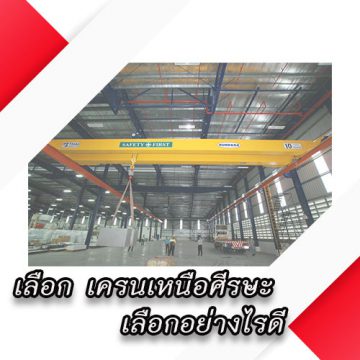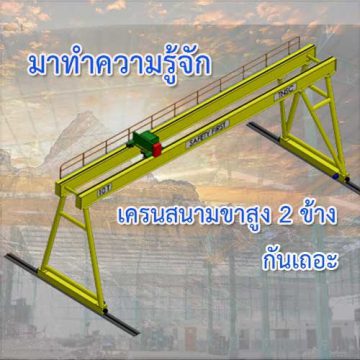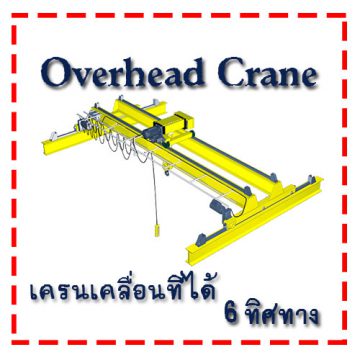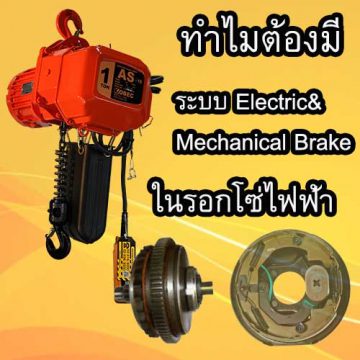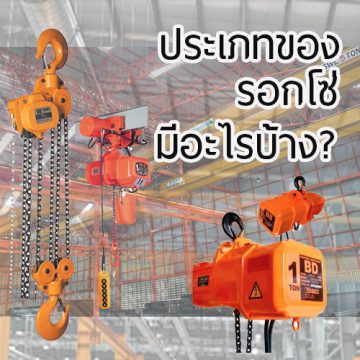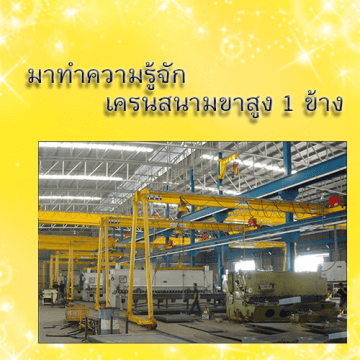Inspecting a crane is a crucial safety measure to ensure that the crane is in proper working condition and complies with safety standards. Whether you’re an operator, supervisor, or inspector, here are the steps you might take during a crane inspection:
1. Pre-Inspection Preparation:
- Ensure you have the necessary personal protective equipment (PPE) for the inspection, such as hard hat, gloves, safety goggles, and appropriate footwear.
2. Visual Inspection:
- Inspect the crane from a distance to look for any obvious signs of damage, misalignment, or structural issues.
- Look for any visible leaks, loose bolts, or worn-out components.
3. Functional Checks:
- Verify that all safety devices, such as limit switches, emergency stop buttons, and warning lights, are functional.
- Test the crane’s movements (hoisting, lowering, slewing, etc.) to ensure smooth and controlled operations.
- Check the brakes for proper functionality.
4. Wire Rope Inspection:
- Inspect the wire ropes for signs of wear, fraying, kinking, or corrosion. Pay attention to the rope’s diameter and any broken wires.
- Check for proper lubrication of wire ropes.
5. Structural Inspection:
- Examine the crane’s structure, including the main boom, jib, and any extensions, for signs of cracks, deformations, or weld failures.
- Check for loose or missing bolts in structural components.
6. Electrical System Inspection:
- Inspect the electrical components, including wiring, switches, connectors, and control panels.
- Look for signs of overheating, damaged insulation, or exposed wires.
7. Fluids and Lubrication:
- Check fluid levels (hydraulic oil, coolant, etc.) and ensure there are no leaks.
- Lubricate moving parts as per the manufacturer’s recommendations.
8. Operator’s Cabin Inspection:
- Inspect the operator’s cabin for cleanliness, proper visibility, and functionality of gauges and controls.
- Check the operator’s seat and seatbelt for proper condition.
9. Certification and Inspection Records:
- Verify that the crane has a valid inspection certificate and that it’s up to date.
- Document the results of your inspection, noting any issues found and actions taken.
Remember that crane inspection requirements might vary depending on local regulations, the type of crane, and its intended use. It’s recommended to follow the manufacturer’s guidelines and consult relevant safety standards and regulations when conducting a crane inspection. If you’re not experienced with crane inspections, consider involving a qualified crane inspector or technician.
YOTUBE: YONGHONG

